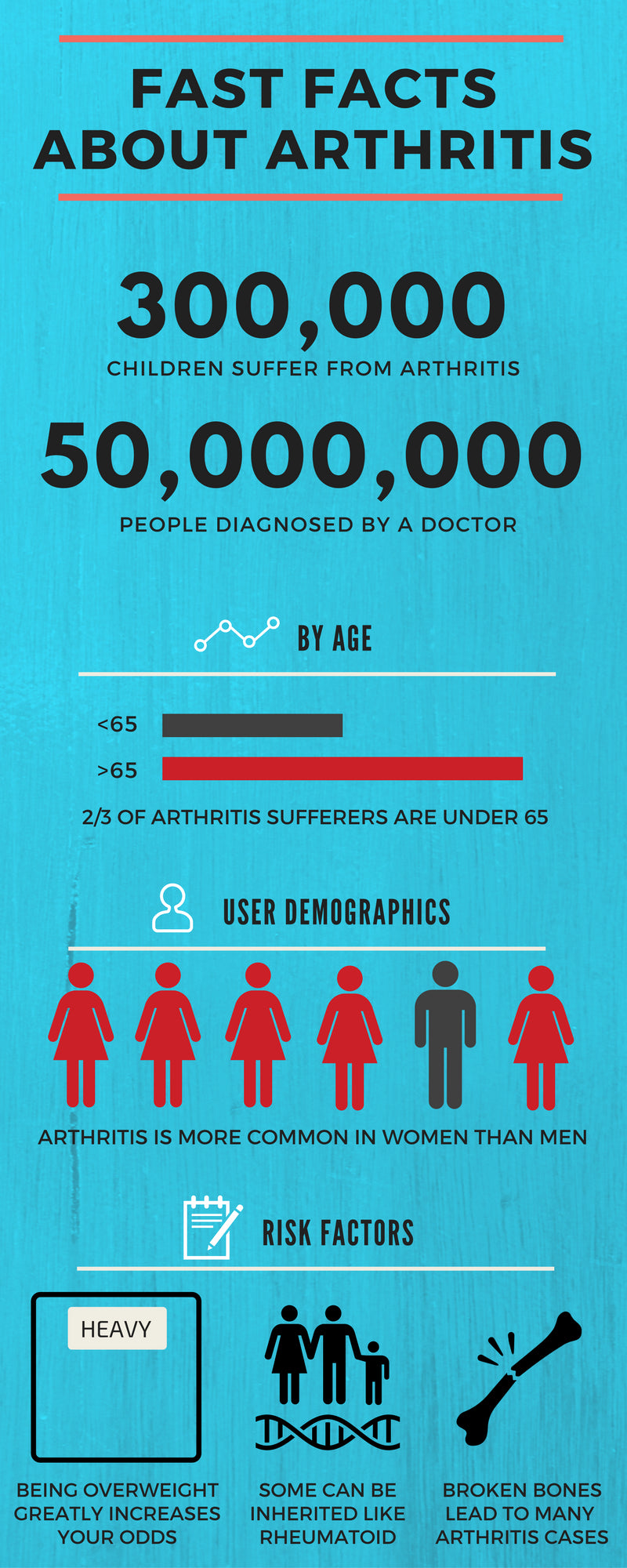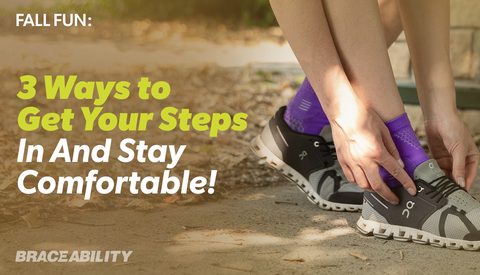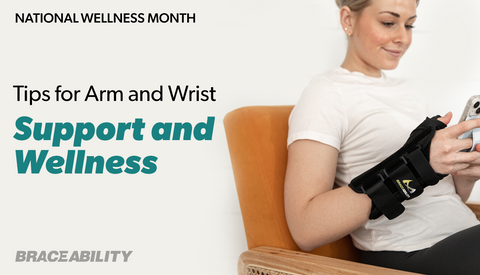Arthritis in your Back & Spine
What is Arthritis?
We’ve all heard about arthritis because it’s an extremely common disease. However, arthritis is commonly misunderstood as it is a very broad term referring to joint pain or disease. Arthritis in general, is a form of joint inflammation, although there are over 100 different kinds of arthritis that can affect the human body. The most common types of arthritis include osteoarthritis, rheumatoid arthritis, and fibromyalgia. Symptoms of arthritis vary depending on which kind you have but usually include some form of joint pain, swelling, and stiffness.
What Kind of Arthritis is in your Back and Spine?
Osteoarthritis is the joint disease that most commonly affects the back or spine. Osteoarthritis is a progressive form of arthritis that essentially means your cartilage is breaking down. This type of arthritis is one of the most common forms of back pain and or back arthritis. In fact, almost all individuals over the age of 50 will have some form of wear and tear. Your body's cartilage is the tissue that covers the ends of your bones in a joint. If your joints are suffering from osteoarthritis, the cartilage is breaking down and wearing away. As this happens, your bones will begin to rub together and cause you lots of pain and problems. Osteoarthritis of the back and spine are often referred to as spinal arthritis, degenerative disc disease, and facet joint syndrome. It’s easy to get confused with all the different names for the types of arthritis of the back. However, just remember arthritis of the back is a form of osteoarthritis often referred to differently depending on its location!
What are the symptoms of Arthritis in your Back and Spine?
The most common symptoms of spinal and back arthritis vary depending on the location and severity of your problem. However, often people complain of pain and stiffness. The pain and stiffness sensation is usually the most prominent in the morning after a long night of rest. It is not uncommon for the joints suffering from arthritis to swell up. Arthritis, in general, tends to build over time and without any sudden occurrence. If you have a severe form of back and spinal arthritis you will most likely have a much smaller range of motion. If you have spinal arthritis, you may experience neck pain that radiates into your shoulders and arms. Often times people will cite a loss of bladder or bowel control.
Is There a Connection Between Obesity and Arthritis?

In many cases being obese (or having excess weight on your body) can increase your chances of suffering from arthritis, and makes arthritis a more painful disease. In terms of osteoarthritis, obesity raises the risk of suffering from the condition because of the stress the excess weight places on the cartilage and joint. The more the joint is stressed the more likely the joint is to be worn down i.e. osteoarthritis. Once an obese individual has arthritis the additional weight will continue to cause even bigger problems. If you are wondering whether or not you are considered obese you can calculate your BMI here.
Lower Back Arthritis - Arthritis of the Lumbar Spine
When it comes to back arthritis, the lower back (lumbar back) is the most commonly affected area. This is usually attributed to the wear and tear of aging. Lower back arthritis is commonly referred to as lumbar spondylosis. Lumbar spondylosis is the specific name for osteoarthritis of the lower back. The most common symptom of this is lower back pain and lower back stiffness.
Cervical Arthritis or Cervical Spondylosis
When it comes to back and spinal arthritis your neck can suffer too. Cervical spondylosis is generally age-related wear and tear affecting your neck. Many people who experience cervical spinal arthritis may have a bony projection along the edges of their bones. The condition is extremely common and worsens with time. A lot of the population that suffers from cervical spine arthritis may have no symptoms of the condition.
How Do I treat my Spinal or Back Osteoarthritis?
Thankfully, there are some conservative treatment methods for spinal arthritis or degenerative disc disorder. Because the pain that osteoarthritis can cause has the potential to be so severe and debilitating it’s vital that it’s taken seriously. Treatment should vary on a case by case basis but most commonly consist around the idea of rest, heat/cold therapy, bracing, visiting a chiropractor, and medication.
Rest: So often the pain experienced through osteoarthritis is enhanced through physical activity. Because of this, it is vital that you recognize when your body needs to rest and relax. For example, sometimes sitting at the computer for extended periods of time can trigger major osteoarthritis pain, this especially true if you have bad posture. Letting your joints restore themselves will relieve pain and heal your body. So if you are suffering from osteoarthritis of the back and spine pain listen to your body and rest your joints.
Visiting a chiropractor: Having someone who is properly trained help manipulate your spine and back can work wonders on your arthritis. Chiropractors will work to realign your spine in a more conservative way rather than having surgery performed.
Medication: In more mild cases of osteoarthritis sometimes anti-inflammatory medication is what you need to rid yourself of the pain. Consult with a doctor for more details on the proper medications to treat arthritis.
Heat/ Cold Therapy: Heat and cold therapy is a great way to relieve joint tension. Because arthritis is all about joint inflammation and pain it’s a great form of treatment. At BraceAbility, we have the fantastic heat & ice therapy back brace. This is the perfect option for treatment if you’re suffering from lumbar arthritis - also known as lumbar spondylosis.
Bracing: Wearing a brace on the affected area of your back is never a bad idea. Back braces for osteoarthritis are a great option because they give targeted protection and stability to the area of concern. Here are a few examples of braces we recommend for osteoarthritis and why:
Cervical or Neck Osteoarthritis: The minerva brace will help with cervical osteoarthritis because of it’s ability to immobilize your neck. The forces applied by the chin and occipital supports as well as the forehead strap provide ultimate immobilization of the spine. The open design and vented components will help to increase breathability and comfort.
Thoracic (mid back) Osteoarthritis: This thoracic back brace holds the mid spine in a properly extended position, making it a good treatment option for arthritis of the spine. The brace works to control unwanted flexion of the spine and helps compress the spine. Its design is lightweight and low profile and can be easily adjusted.
Lower back or lumbar spine arthritis: The back brace for facet syndrome and spine arthritis is the perfect way to treat the most common kind of back arthritis. This brace is a very comfortable, padded, low profile and effective design. The brace is so universal it can be used for a large variety of conditions and over a long period of time.










